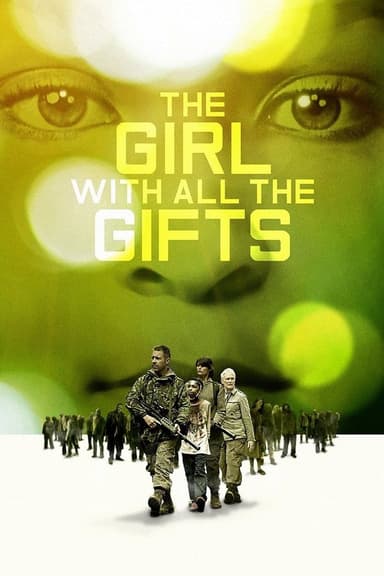
The Ruins
2008 • Horror • R
Americans Amy, Stacy, Jeff and Eric look for fun during a sunny holiday in Mexico, but they get much more than that after visiting an archaeological dig in the jungle.
Runtime: 1h 31m
Why you should read the novel
If you're seeking an unrelenting psychological horror experience, the novel 'The Ruins' by Scott Smith offers a depth and intensity that the film adaptation simply can't match. Through evocative prose and meticulous character development, Smith creates mounting terror that invades your imagination and lingers long after you’ve turned the last page. The book allows an immersive view into the minds of each character, revealing their motivations, fears, and descent into desperation far more intimately than the movie ever could.
Reading the novel also rewards patient horror fans with chilling, atmospheric detail that builds an uncanny sense of place and claustrophobia. Smith’s writing transports you to the suffocating heat of the Mexican jungle, letting you feel every moment of dread and uncertainty the characters endure. The inner dialogues and group dynamics bring a realism and rawness that heighten the horror, making each moment more terrifying than the last.
While the film relies on visuals and shocks, the book forces you to engage your imagination, making the horror much more personal and intense. If you want a thought-provoking and deeply unsettling experience with sophisticated psychological tension, dive into Scott Smith’s 'The Ruins'—the kind of horror you’ll remember long after you close the cover.
Adaptation differences
One of the most significant differences between Scott Smith’s novel and the 2008 film adaptation is the portrayal of the characters and their development. The book goes much deeper into the psyche of each of the main characters, exposing their flaws, insecurities, and personal histories. This depth creates a stronger sense of empathy and tension, setting the novel apart with a more nuanced exploration of group dynamics and individual descent. In the movie, the characters’ backgrounds and personalities are simplified, making them feel more like archetypal horror victims and less like real people.
Another key difference lies in the depiction of violence and horror. The novel is far more graphic and relentless in its descriptions, making the characters’ suffering visceral and almost unbearable for the reader. The film, while still gory and disturbing, sanitizes or shortens some of the more extreme sequences for cinematic pacing or rating reasons. This changes the tone of the story, with the book presenting a raw, punishing horror while the movie offers a more conventional genre experience.
Furthermore, the supernatural elements—the sentient, malevolent vines—are depicted with different degrees of ambiguity and menace. In the book, the vines are more grotesque and intrusive, and their interactions with the characters are described in excruciating and imaginative detail. The vines’ mimicry and psychological assaults are explored more thoroughly in the novel, heightening the sense of paranoia and doom. The film hints at these elements but often reduces them to visual scares, losing much of the psychological dread and complexity present in the narrative.
Perhaps most notably, the endings diverge significantly. The book concludes with a bleak ambiguity, leaving the fate of the characters unresolved and the terror ongoing, reinforcing its nihilistic tone. The film opts for a slightly altered, more action-oriented ending that provides definitive closure for at least some characters. This shift affects the emotional impact and philosophical implications, with the book offering a lingering, unresolved horror and the movie seeking a more typical genre resolution.
The Ruins inspired from
The Ruins
by Scott Smith











